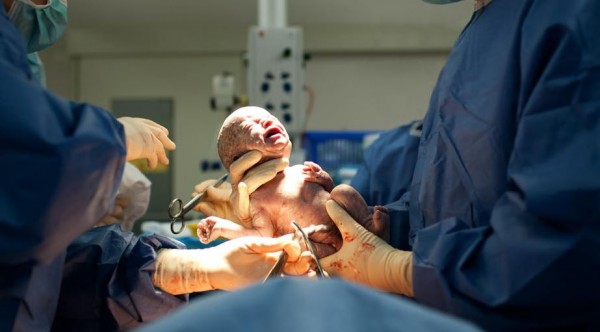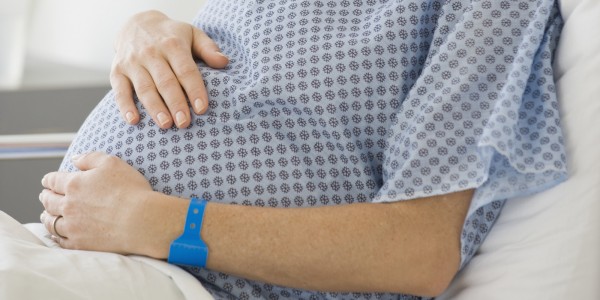Researchers examining the high levels of C-sections carried out in the US have found that the reasons behind the numbers have little do with health, and more to do with the individual management style of the labour unit.
According to HuffPost, approximately 32 percent of all deliveries in America are by C-section. But what is even more interesting, is the figures at different hospital ranged from as low as 7 percent to as high as 70 percent.
Researchers say such vast differences can’t be explained by women’s health or socioeconomic status.
In a new study, published in the journal Obstetrics and Gynaecology, obstetrician and researcher Dr Neel Shah and his colleagues examined 220,000 deliveries that took place over two years at 53 different hospitals across the country, which were diverse in terms of geography, size and patient mix.
The researchers were interested in examining factors that determined whether a “low-risk” mum (a healthy mum delivering a single full-term baby) would undergo a C-section.
The researchers interviewed managers to understand how they manage factors such as patient flow and overcrowding, and also measured the “unit culture”, or how the staff communicated and collaborated within the labour and delivery unit.
They found that the specific management culture of a labour and delivery unit was the main factor in determining a low-risk mum would have a C-section.
Overall, they found that labour and delivery units who took a proactive approach were more likely to have a higher number of C-section deliveries than those which took a reactive approach.
Dr Shah says that this may be because managers on labour and delivery wards often have competing goals.
For example, if financial performance is outlined as important, and there is pressure to move patients through the system as quickly as possible; this can result in more C-sections.
If there is emphasis placed on better neonatal outcomes, then more C-sections may be carried out to ensure the safe delivery of babies.
The researchers emphasise that, in many cases, C-sections are necessary; but up to 45 percent of sections could be avoidable according to their statistics.
“It turns out that in 2017 in the United States, the biggest risk factor for getting the most common surgery, which is a C-section, is not a woman’s medical risks or preferences, but literally the hospital she goes to. Like, which door she walks through,” Dr Shah said.







